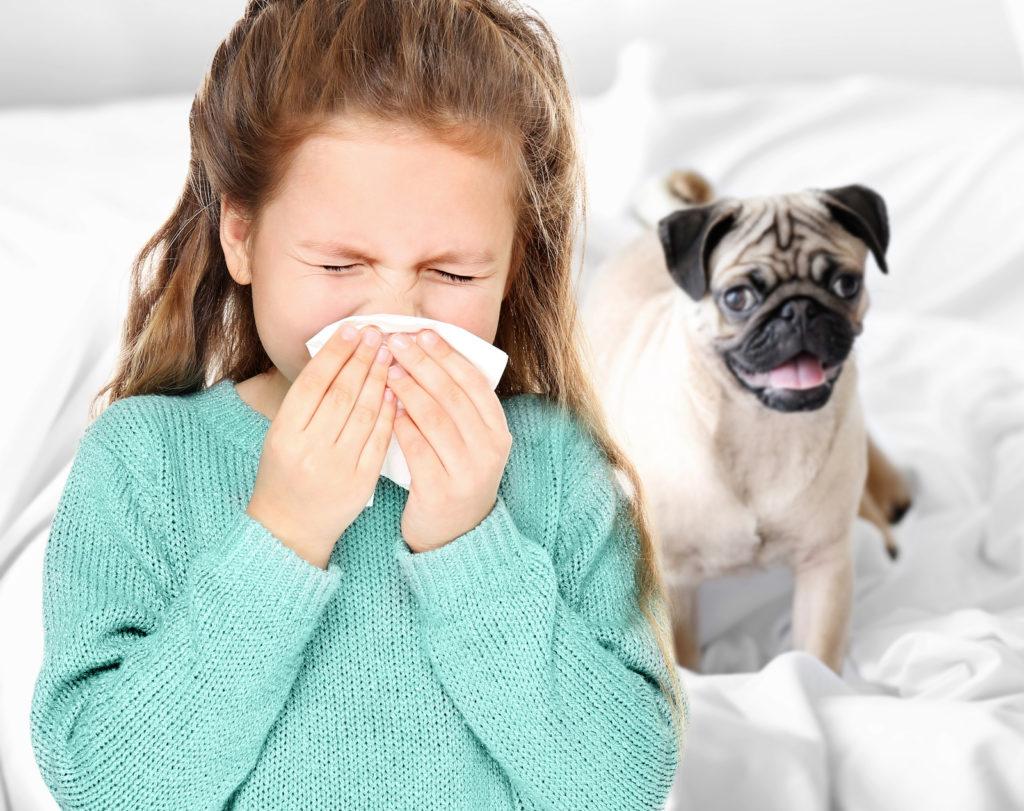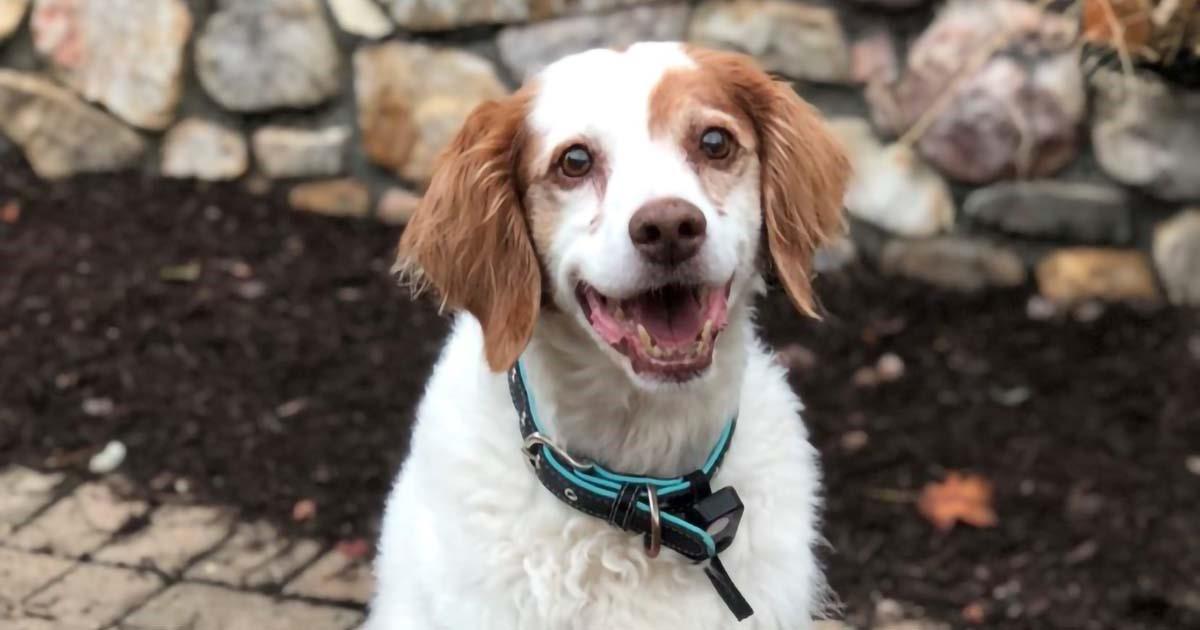5 Essential Strategies on How to Cool Down a Dog in the Summer
With record temperatures, both your air conditioning unit and your furry companions might be feeling the heat. Ensuring your canine friend stays comfortably cool during the sweltering months need not be a daunting task. By adopting some strategic planning, arranging for an HVAC check-up, and incorporating a few innovative pet products, you and your loyal companion can effortlessly conquer the soaring temperatures while keeping your budget intact. Read below to learn more about how to cool down a dog in the summer.
How Do Dogs Regulate Body Temperature?
To understand how we can help dogs remain cool in record temperatures, we should understand how dogs regulate their body temperature. Unlike humans, who can sweat to cool down, dogs rely on other methods to maintain a stable body temperature.
Here's how dogs regulate their body temperature:
Panting
Panting is the most common way dogs cool themselves down. When dogs pant, they rapidly exhale and inhale, which helps exchange warm air from their body with cooler external air. The moisture on their tongue and respiratory tract evaporates, taking heat away from their body. Panting increases blood flow to the tongue and mouth, aiding in heat dissipation.
Sweat Glands
Dogs do have sweat glands, but they are not as numerous or effective as in humans. Dogs have sweat glands in their paw pads, but they contribute minimally to cooling. Instead of relying on sweating as humans do, dogs primarily use panting for heat regulation.
Vasodilation
Dogs have the ability to regulate blood flow to their skin's surface. When they are hot, blood vessels near the skin's surface dilate (expand), allowing heat to be released through the skin. This is why some dogs appear to have redder skin when they're warm.
Behavioral Adaptations
Dogs naturally seek out cooler spots when they're feeling hot. They might lie on cool surfaces, like tile floors or shaded areas, to help reduce their body temperature. Dogs may also stretch out their bodies to maximize their exposure to cooler air.
Seeking Shade and Water
Dogs instinctively seek shade and water when they're hot. Staying in a shaded area and drinking water helps prevent overheating.
It's important for dog owners to be attentive to their pets' behaviors and physical signs, especially during extreme heat.
What is the Best House Temperature for Dogs?
The optimal indoor temperature for dogs depends on various factors, including the breed, size, age, and overall health of the dog. So, at what temperatures are dogs most comfortable? Generally, most dogs are comfortable within a temperature range of 65 to 75 degrees Fahrenheit.
However, there are some considerations to keep in mind:
Breed and Coat
Dogs with thicker coats, such as Siberian Huskies or Saint Bernards, might tolerate slightly higher temperatures, while breeds with shorter coats or less natural insulation might prefer cooler indoor temperatures. Short-nosed dogs, like Bulldogs and Pugs, are more prone to heat stress and may require cooler environments.
Health and Age
Puppies, elderly dogs, and dogs with certain medical conditions are more sensitive to temperature extremes. Older dogs and those with compromised health may struggle to regulate their body temperature effectively, so it's essential to keep them in a comfortable environment.
Activity Level
Dogs that are more active or have higher energy levels might tolerate slightly warmer temperatures, especially if they have access to water and shaded areas.
Humidity
Humidity levels can influence how well dogs cope with heat. Higher humidity can make it harder for dogs to cool down through panting, as their ability to evaporate moisture from their respiratory tract is diminished.
Access to Water
Regardless of the indoor temperature, it's crucial to provide dogs with easy access to clean, fresh water at all times, especially during warmer periods.
Monitoring Behavior
Watch for signs of discomfort or distress in your dog. Excessive panting, restlessness, seeking out cool spots, or lethargy could indicate that the indoor temperature is not ideal for your dog.
Adaptation
Dogs can acclimate to different temperatures over time. If the weather is gradually becoming warmer or cooler, their bodies will adjust. However, sudden extreme changes can be challenging for them to cope with.
To determine the best indoor temperature for your specific dog, it's essential to observe their behavior and reactions to the environment.
5 Ways to Cool Down a Dog at Home
Knowing how to cool down a dog can help you keep your furry companion happier. If you notice signs of discomfort, such as excessive panting, you may need to adjust the indoor temperature. You can use your home’s thermostat as well as a portable fan to help cool down a dog quickly and efficiently. These strategies can help you prioritize your dog's well-being and comfort when setting your home's thermostat.
1. Embrace Energy-Saving Measures
While you might find relief from the summer heat by turning on ceiling fans and cooling electronics, these measures don't always have the same effect on your four-legged friend. Dogs don't perspire like humans, so the air circulation generated by fans might not significantly benefit them. To keep your dog cool, conserve energy by switching off fans, lights, and electronics when not needed. Instead of relying on these cooling methods, focus on other strategies to ensure your pet's comfort.
2. Optimize Indoor Temperature
Programmable thermostats can be your ally in keeping both your home and your pet comfortable. Setting the indoor temperature to around 78 degrees Fahrenheit can significantly reduce energy consumption without negatively impacting your dog.
Dogs maintain a body temperature slightly higher than humans, allowing you to create a pleasant environment without compromising their well-being. A programmable or smart thermostat such as the Trane ComfortLink™ II XL1050 offers the flexibility to manage temperatures from anywhere, ensuring your furry friend's comfort even in your absence.
3. Seal Leaks for Efficient Cooling
Inefficient cooling often results from unnoticed air leaks, causing your air conditioning system to work harder. Check for gaps around doors, windows, and air ducts, and address these leaks by installing weather stripping or sealing gaps appropriately. This proactive measure not only enhances your home's energy efficiency but also contributes to maintaining a comfortable and consistent temperature for your pet. Similarly, ensure that there are no major openings around points where plumbing and electrical wiring enter your home.
4. Harness the Power of Shade
Shielding your home from the sun's intense rays can play a pivotal role in preventing overheating. Keep blinds closed during peak sunlight hours to reduce the greenhouse effect caused by the sun's rays penetrating and getting trapped within your living space. This simple practice effectively prevents excess heat buildup, ensuring a cooler indoor environment for your dog. Utilize blinds to deflect sunlight away from your house, keeping it naturally cooler during the hottest parts of the day.
5. Practice Routine Maintenance
Regular upkeep is the key to maintaining an efficient HVAC system and a comfortable living space for your pet. Check air filters monthly, especially during the summer months, to ensure they are free from dust and debris. Clogged filters can force your air conditioning unit to work overtime, resulting in increased energy consumption. By changing filters regularly, you not only conserve energy but also prolong the lifespan of your HVAC system. Additionally, scheduling professional maintenance with a Trane Comfort Specialist ensures that your cooling system functions smoothly throughout the summer.
It’s crucial to prioritize your canine companion's comfort and well-being year-round. Employing a combination of energy-saving practices, temperature optimization, leak sealing, shade management, and consistent maintenance can significantly enhance your pet's quality of life while keeping your energy bills in check. These strategies can help you keep your dog cool this summer, ensuring that both you and your furry friend enjoy a season filled with comfort.




